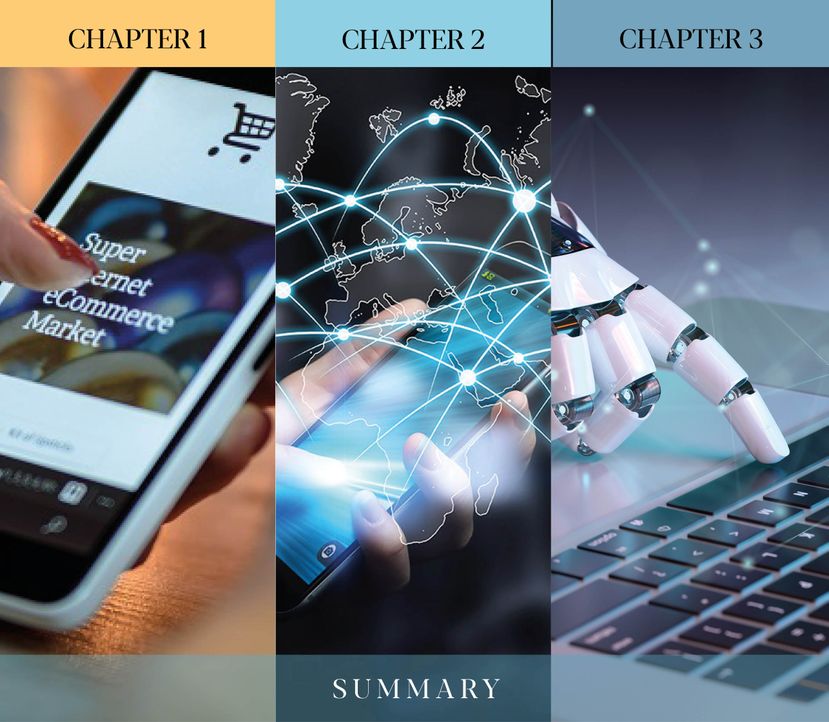The newly-established European Payments Initiative promises a new vision of payments. Innovative use cases will be made available to consumers across Europe for the first time. There’s strong backing for the project already among financial institutions and the European Central Bank, making it likely to succeed.
With the first phase due to start in a few weeks, expectations for this undertaking are already high. What is the purpose of the initiative and what are the geopolitical and technical factors that must be considered?
Read Chapter 1. Chapter 2. Chapter 3.
The principles behind the plan
The aim of EPI is to set up a unified and harmonized pan-European payment solution. This new service will incorporate features such as card services, digital wallets, cash withdrawal, online payments and person to person (P2P) payment services.
The initiative provides major benefits to both consumers and merchants. For consumers, it offers new ways to pay that will make their daily lives easier. For example, they will be able to carry out immediate cashless P2P payments via a bank card, without the need to open an account in a specific wallet. Similarly, EPI will bring tangible benefits that simplify and harmonize solutions to merchants. It eases the delivery of new innovative customer services and improves the management of omnichannel payments.
It also has the ability to solve challenges facing financial institutions today. One such issue is that the emergence of new technologies, standards and services has often been dictated by private initiatives and Fintechs offering disruptive models. Additionally, the fragmentation of the payment systems in Europe favors solutions from major international players, to the detriment of European innovation. EPI will look to combat these issues by encouraging European cooperation. This will help to maintain close relationships between banks, merchants and their end customers, mitigating the risk of disintermediation.
EPI is an ambitious and exciting project, with a short time-to-market objective. Several factors come together to make this project a success politically, economically and technologically.
Arnaud Crouzet
VP Security & Consulting at FimeGeopolitical context
This is not the first time that Europe has tried to bring about the harmonization of card payment systems. There have already been several initiatives over the past 15 years. For example, the Euro Alliance of Payment Schemes (EAPS), the PayFair initiative and the Monnet project have all attempted to harmonize payments but have since been discontinued.
Some developments towards the harmonization of payments in Europe have been made, however. Efforts have come from the ECSG, which has defined functional rules at a European level. Likewise, nexo standards and the TIPS payment infrastructure are also making headway in this area. But significant work is still needed to combat domestic constraints and create true interoperability.
To make it work, for the next nine months, the support of various actors and stakeholders will be decisive. This includes the involvement of other European and national banks, the support of public authorities, the consideration of domestic and international networks, and the participation of representatives of consumers and merchants.
Technological context
The implementation of EPI requires a good understanding of the entire payment ecosystem in Europe. This includes a comprehension of multiple domestic constrictions, as well as the underlying technologies necessary for the operation of such a payment network. The entire payment chain must be considered, from the issuance of the means of payment, to the acquisition of the transaction, including the merchant acceptance network, processing and compensation.
Luckily, the technical solutions that could meet EPI’s needs do not necessarily need to be created from scratch. Most of the solutions already exist and are ready to be implemented to facilitate omnichannel customer journeys and simplify compliance with key regulation. For example, EPI could set up a dedicated Directory Server for the management of strong authentication via EMV®* 3DS. This simplifies compliance with PSD2’s Strong Customer Authentication (SCA) requirements. Furthermore, a variety of biometric authentication technologies could be implemented to prevent fraud while limiting disruption of the payment experience.
EPI will need to maintain a consistent environment across all the solutions deployed for the various participating players and processors. It is therefore necessary to set up a dedicated certification body to outline rules, definitions, test plans, specific test tools and a dedicated organization for obtaining certification.

Paving the way for digitalization in Europe
EPI is an ambitious and exciting project, with a short time-to-market objective. Several factors come together to make this project a success politically, economically and technologically. Supported by several national and European organizations, including the European Commission, EPI is fully aligned with Europe's management roadmap for digital payments. The next nine months will be critical in ensuring the success of this collaborative effort.
To learn more about the European Payments Initiative, read our three-part blog series on the project on our website. Download the full report here.
*EMV® is a registered
trademark in the U.S. and other countries and an unregistered trademark
elsewhere. The EMV trademark is owned by EMVCo, LLC.

